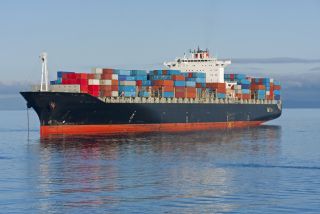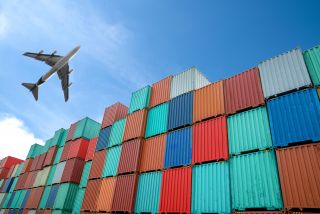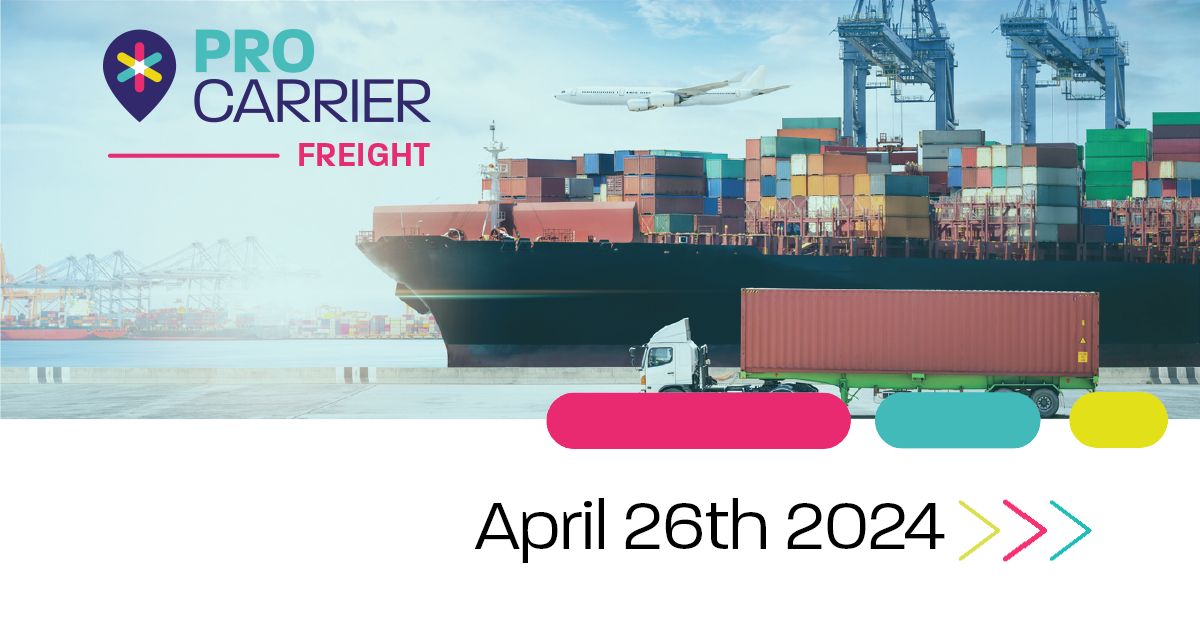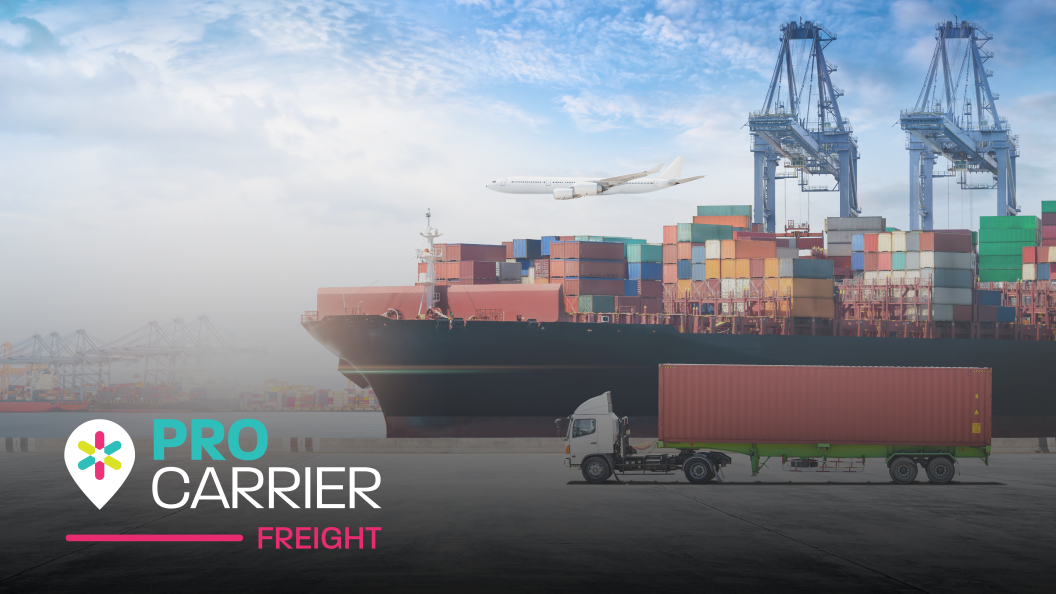Table of contents
Topic of the week:
Further effects of the Red Sea Crisis have now been unveiled as emission levels increase, due to re-routing and longer journeys, vessels sailing faster than before, older vessels being redeployed and the switch to air cargo. As vessels are forced to re-route, especially on Asia-European routes, around 5,800 nautical miles are being added on to each containers journey, whilst vessel sizes are decreasing, averaging around 5,600 teu compared to the 8,625 teu average before the Red Sea Crisis. According to the Carbon Emissions Index (CEI) the Far East-Mediterranean trade emissions have increased over 60% alone in Q1 of 2024 when comparing to last year. The CEI have also highlighted an increase in Far East-Northern Europe trade emissions by over 20%. In conjunction with this, in an attempt to mitigate the added time due to diversion, vessels are now sailing faster on average, increasing to over 15 knots as of January. The combination of longer journeys and pushing vessels faster has caused a spike in emissions, as well as the fact that liners are now redeploying older and less efficient vessels to meet demand.
As we already know, a combination of the surge in eCommerce and the Red Sea Crisis has meant an incline in air cargo demand and volume. Some shippers are opting to move their shipments via air or through sea-air movements which has only added to the increasing fuel emission levels. However, there may be a threat to air cargo operations, as industrial action at London Heathrow Airport could potentially disrupt a variety of airlines including passenger flights with belly hold capacity. Workers are set to strike for 72 hours starting on May 4th with around 50 aircraft refueling handlers taking part. This could have an effect on up to 35 different airlines including Air Canada, Air France, American Airlines, Virgin Atlantic and many more.
Sea:
- Over the last two weeks China/East Asia to North America West Coast spot rates have decreased by 11.6% from $3,294/FEU to $2,910/FEU according to Freightos data.
- China/East Asia to North America East Coast spot rates have fallen over the last two weeks, decreasing by 0.35% to $4,293/FEU.
- Global container spot prices have fallen over the last two weeks, and are now sitting at $2,353/FEU, a 4.4% decrease over the last two weeks, but a 47.2% increase from spot rates this time in 2023 according to the Freightos Baltic Index (FBX)

Air:
- Global Air Freight spot rates currently sit at $2.71, as rates continue to fluctuate according to the Freightos Air Freight Index (FAX)
- Europe to Northern America spot rates currently sit at $1.80 (100-3000kg), says FAX, decreasing by 3.7%
- Europe to Central Asia spot rates have increased by 8.7% currently sitting at $2.26 (100-3000kg), says FAX
- Europe to Asia, Greater China spot rates currently sit at $1.30 (100-3000kg), says FAX
- As of June 2nd Air Canada Cargo will offer a new service connecting Toronto Pearson International Airport to Chicago O’Hare International Airport. The service will operate three times per week.
- China Southern Airlines has also launched a new service that will provide four flights per week from Guangzhou Baiyun International Airport, China, to Hamad International Airport (DOH) in Doha, Qatar. The service started on April 22nd, and the carrier are now the second only Chinese carrier to provide a service to DOH.

That’s all for this week’s update…
Check out our other insights and articles for more in depth industry news and trending topics, or get in contact to discuss some of our best in class freight forwarding services!



